Escape rooms can go from exciting to expensive, fast. Frequent puzzle updates, prop replacements, and storyline refreshes can quickly turn what started as a creative business into a financial burden. According to ERWorkshop, building just one escape room can cost between $20,000 and $60,000 USD, with another $10,000–$30,000 going into puzzle tech, props, and set design.
Meanwhile, demand for social entertainment experiences is booming, particularly among Gen Z audiences who are driving the karaoke trend. The solution? Converting your existing escape room into one or more karaoke rooms – a transition that's surprisingly straightforward and remarkably profitable.
Escape the puzzle: from clues to karaoke
The ongoing operational costs of escape rooms can add up quickly. To stay competitive and attract repeat visitors, many venues must refresh or completely redesign a room every 12–18 months (Immersif). In the meantime, you’re continually spending on new props, puzzle repairs, tech fixes, and staff training for complex narratives. These recurring expenses can significantly cut into margins – making long-term profitability a challenge.
Compare this to karaoke rooms, where the initial AV and software costs average between $3,000 to $5,000 USD, and once operational, maintenance is minimal. No elaborate storylines to update, no complex puzzles to replace – just a software catalog that updates automatically and equipment that can run for years with basic upkeep.
The space requirements between escape rooms and karaoke setups are remarkably similar. A karaoke room needs as little as 120 square feet, which means most escape rooms can accommodate the conversion without major structural changes. Even better, escape rooms with multiple connected spaces can often be repurposed into several private karaoke booths, dramatically increasing your revenue per square meter.
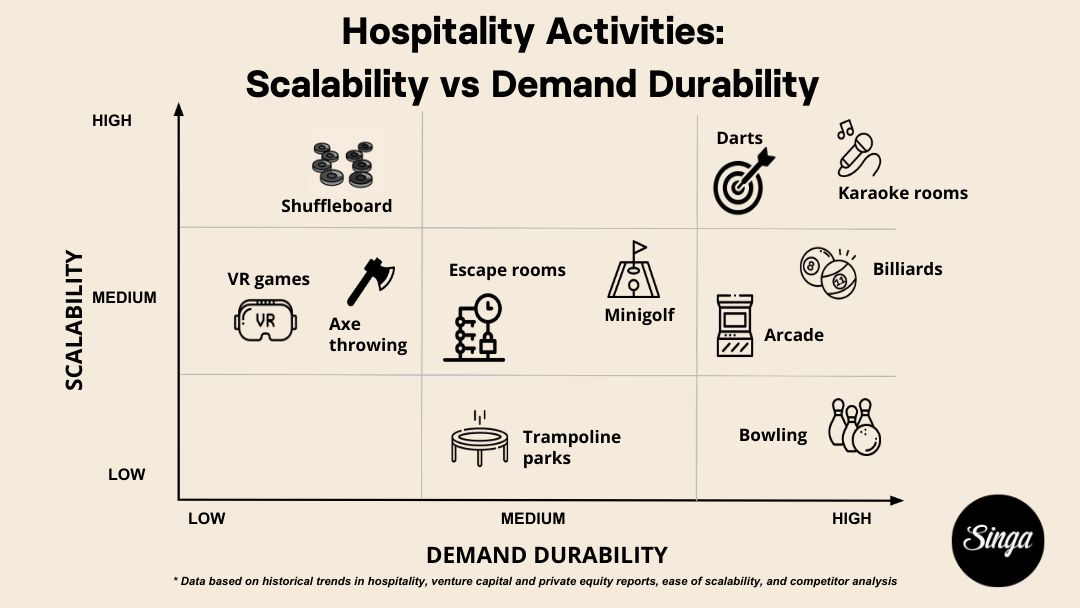
The new entertainment goldmine: private karaoke rooms
The karaoke industry is experiencing steady global growth, and Western markets are emerging as key expansion areas.
According to Market.us, the global karaoke market was valued at approximately $5.3 billion in 2022, and it’s projected to reach $5.9 billion by 2026, with continued momentum through the end of the decade. Much of this growth is driven by the rise of private karaoke booths, especially in North America and Europe. With relatively little competition and increasing demand – especially among Gen Z and millennials, who value social, shareable experiences – karaoke represents a smart pivot for entertainment venues looking to scale.
Private karaoke booths are now responsible for up to 70% of the commercial karaoke market, per KaraFun Business. These booths are becoming staples in bars, arcades, cinemas, and increasingly, former escape rooms.
The revenue potential is impressive. A single karaoke room can generate $1,100 to $4,000 USD per week, depending on pricing and occupancy. For example, Spinners Maroochydore in Queensland, Australia operate their karaoke room at $50 AUD per hour, and it’s become a top-performing feature – especially when paired with food and drink service. Karaoke encourages guests to linger longer and spend more.
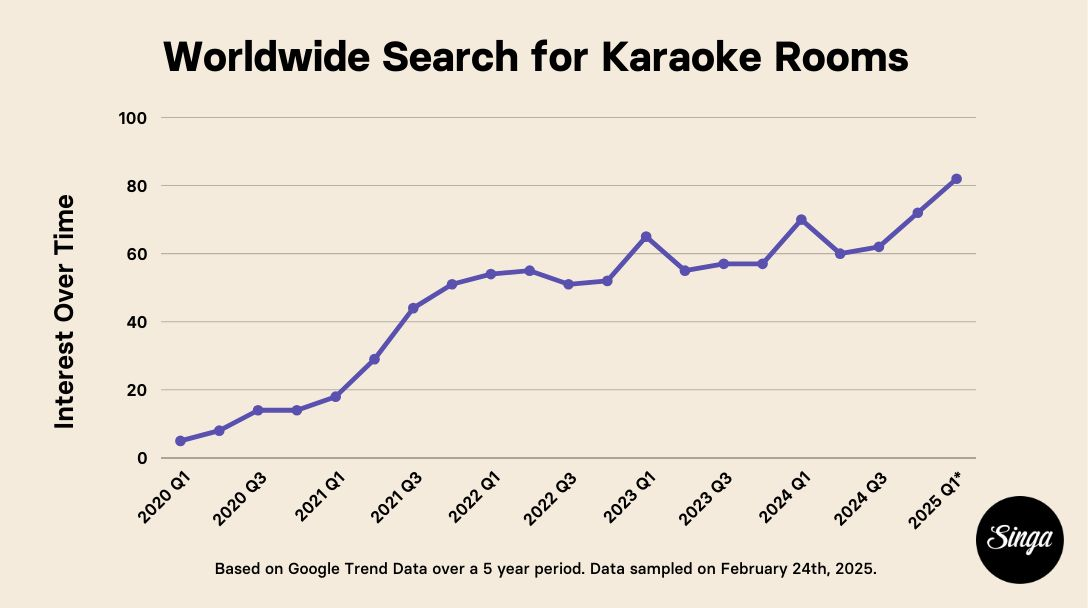
Tapping into the Gen Z market
Gen Z isn’t just the next wave of customers – they’re shaping the future of entertainment. This generation prioritizes experiences over possessions, craves authentic social interactions, and shares everything – from karaoke nights to casual hangouts – on platforms like TikTok and Instagram. Private karaoke rooms deliver exactly what they’re looking for: a fun, customizable, and highly shareable experience they can enjoy with friends.
By offering private spaces, on-demand song access, and vibey, photogenic interiors, your venue becomes instantly appealing to this audience. And the best part? Gen Z guests don’t just come to sing – they stay longer, bring their friends, and post about it, turning your space into its own word-of-mouth marketing engine.
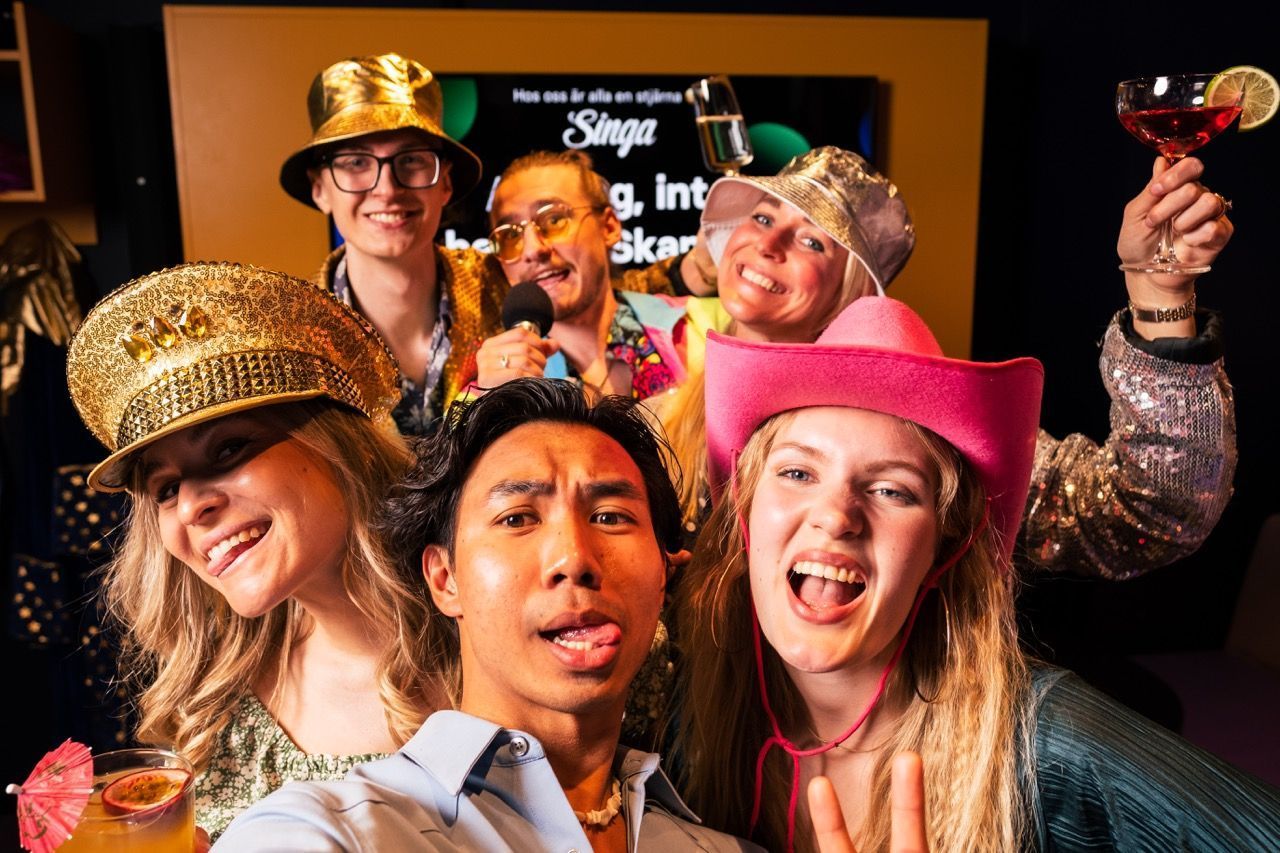
The 30-day conversion timeline
Yes, it can be done in a month. Here’s how to convert your space efficiently, week by week:
Week 1: planning and assessment
- Evaluate your floor plan: How many karaoke rooms can your current layout accommodate?
- Escape rooms already have enclosed areas, lighting, and electrical infrastructure – great news for AV setup.
- Plan for a mix of room sizes. Larger rooms can host groups and events, while smaller ones serve couples and friends.
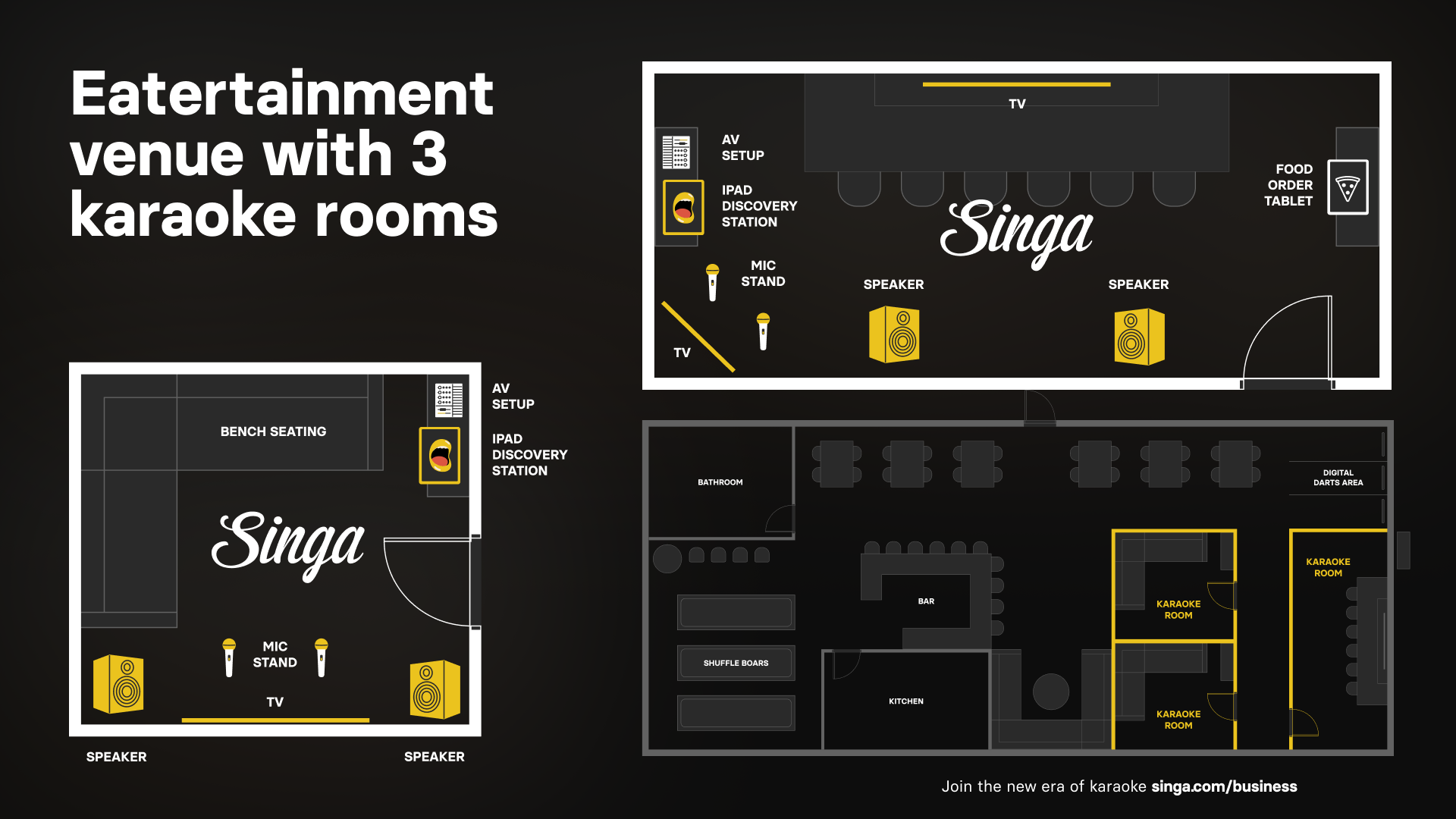
Week 2: technical setup
Install core AV equipment:
- Flat screen or wall-mounted display
- iPad or tablet with karaoke software (like Singa Box Mode)
- Speakers and mixers
- One or two wireless microphones
- HDMI cable
Most systems today are plug-and-play, requiring no major rewiring. Ceiling or wall-mounted speakers reduce damage risk and save floor space.

Week 3: soundproofing and design
- Use acoustic panels, rugs, and soft furniture to reduce echo.
- Seal doors and windows to contain sound.
Repurpose escape room props and furniture for visual interest:
- Themed décor = instant Instagram backdrop
- Vintage items, neon signage, or quirky puzzles can become fun conversation starters
- LED strips and mood lighting help personalize the experience for each group
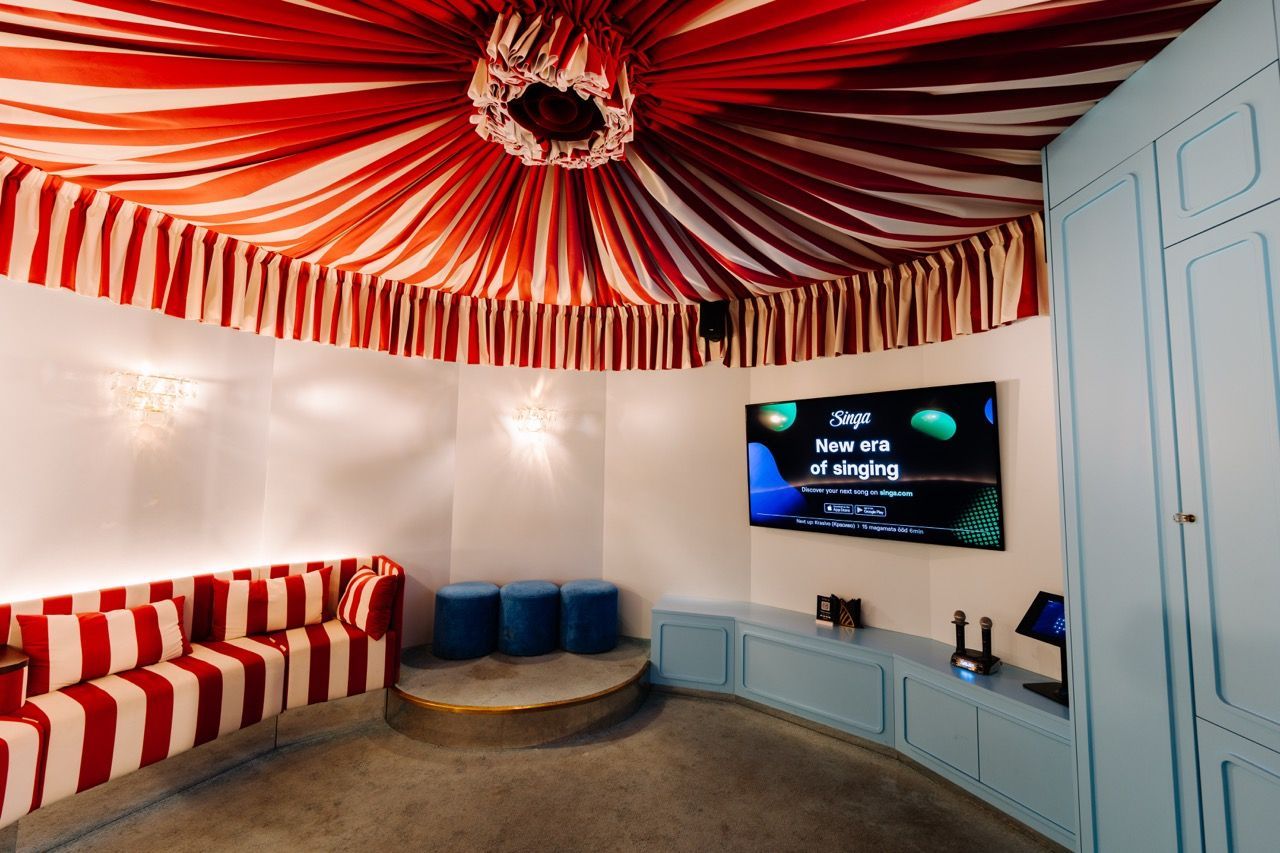
Week 4: testing and launch
- Run trial sessions to stress-test the rooms
- Train staff on session setup and customer support – no more deep narrative briefings required
- Finalize your online booking system and marketing campaigns
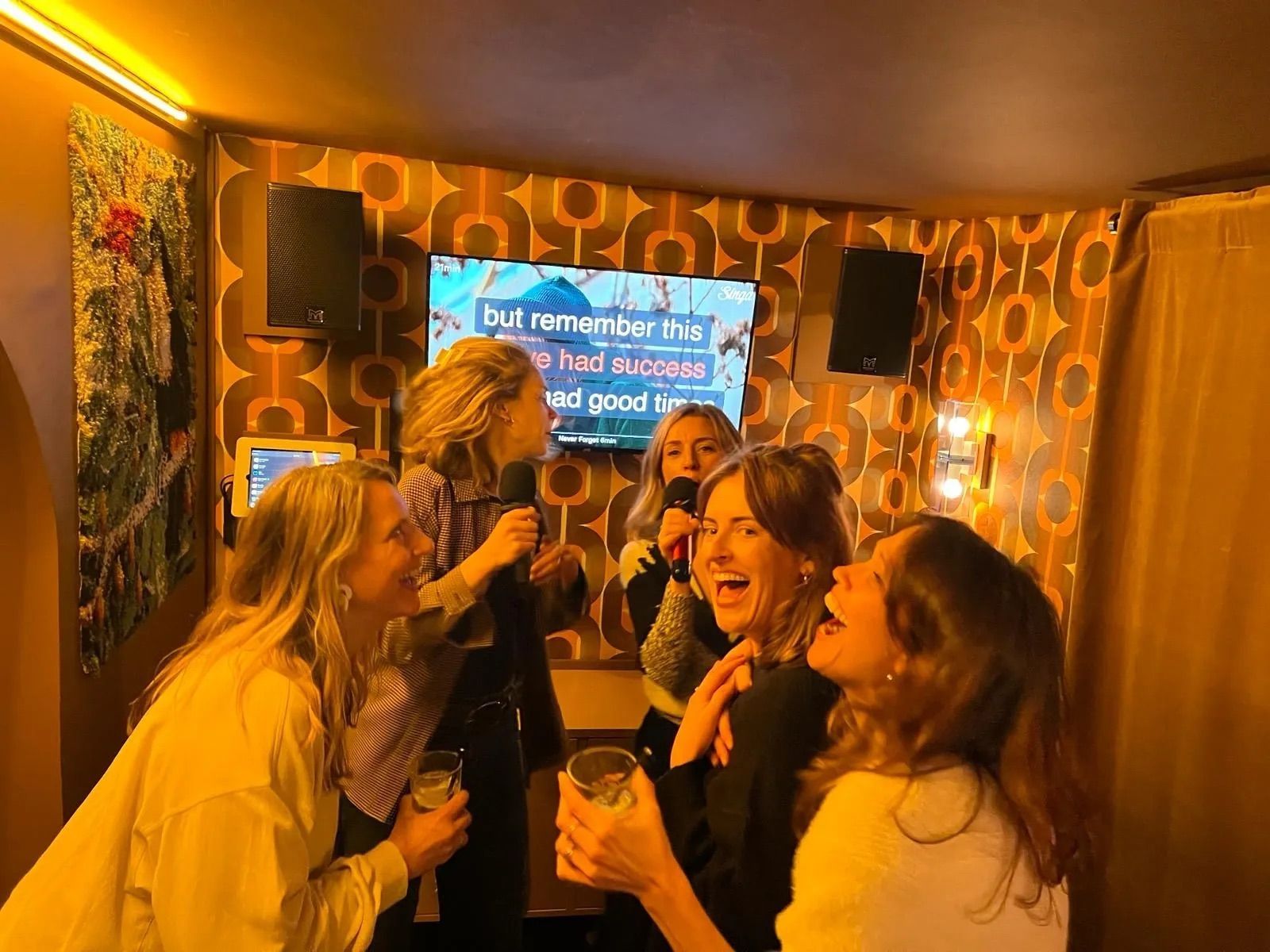
A smarter business model
Escape rooms cap revenue at one group per hour per room. Karaoke rooms open the door to simultaneous bookings, longer visits, and higher average spend. The business model is more predictable, easier to staff, and scalable with minimal effort.
The scalability factor is crucial. Where one large escape room might accommodate 6-8 people per session, the same space converted into 2-3 karaoke rooms can serve multiple groups simultaneously, dramatically increasing your hourly revenue potential.
Turning a single large escape room into two or three karaoke booths means more bookings, higher occupancy, and a flexible pricing structure.
- Smaller booths: Ideal for couples, date nights, and casual groups
- Larger rooms: Great for birthdays, corporate events, or family outings
- Booth seating, reconfigured props, and color-changing lighting allow you to create different themes per room without major investment
Plus, karaoke naturally extends customer dwell time, which boosts food and drink sales – a key revenue driver that escape rooms don’t typically offer.
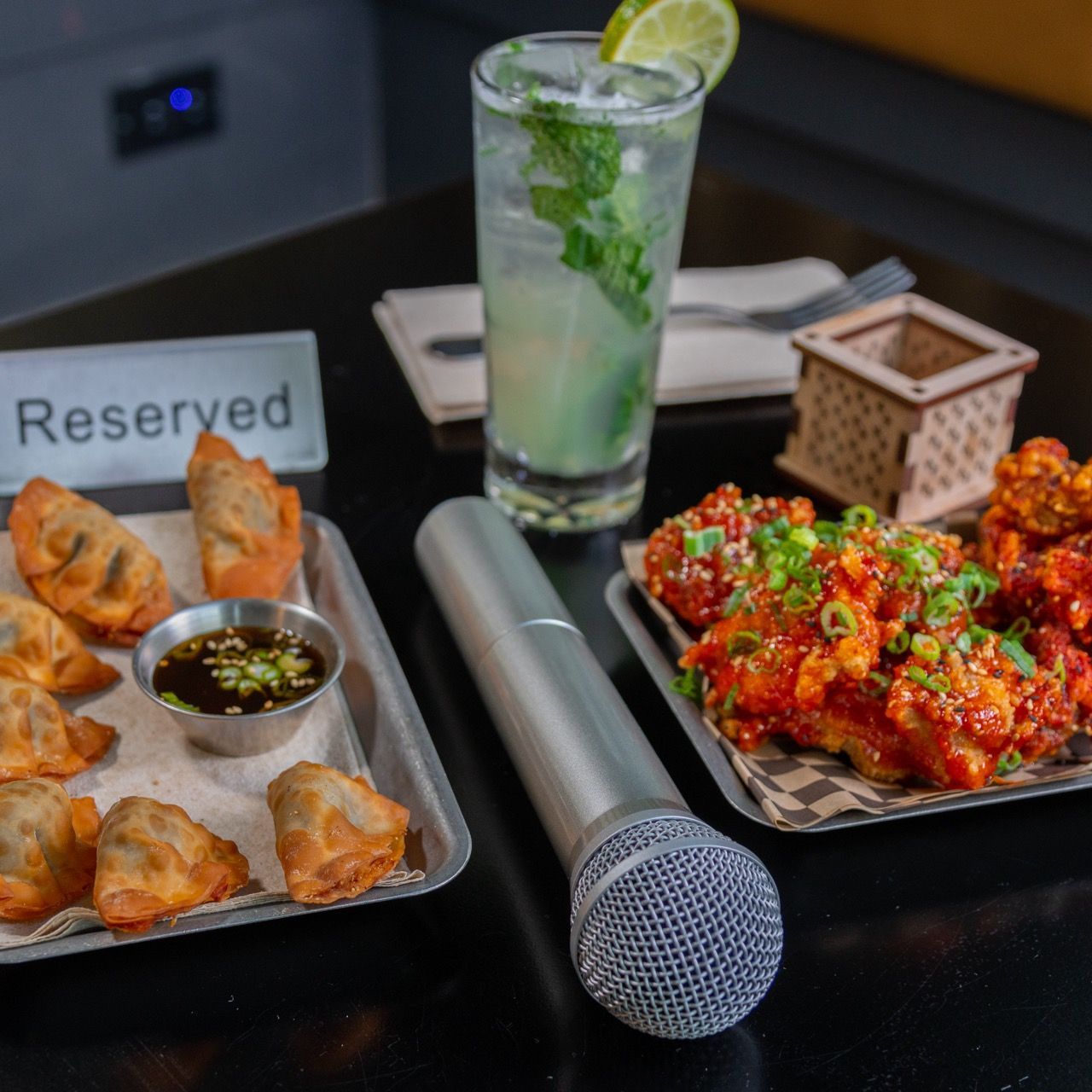
Even better, the karaoke trend is still rising – especially in Western markets. Early adopters who make the switch now are likely to dominate their local markets with relatively little competition.
Karaoke tech made easy
The technology needed to run karaoke rooms is surprisingly simple. With Singa Box Mode, your entire setup can run from an iPad – eliminating the need for bulky karaoke machines or confusing interfaces.
Singa Box Mode provides:
- Access to 100,000+ fully licensed songs in multiple languages
- Touch-friendly interfaces for both guests and staff
- Smart session management and automation
- Digital signage, queueing, and promotional tools
Soundproofing is easy to implement, too – just invest in heavy curtains, acoustic panels, and sealed doors. No major renovations necessary.
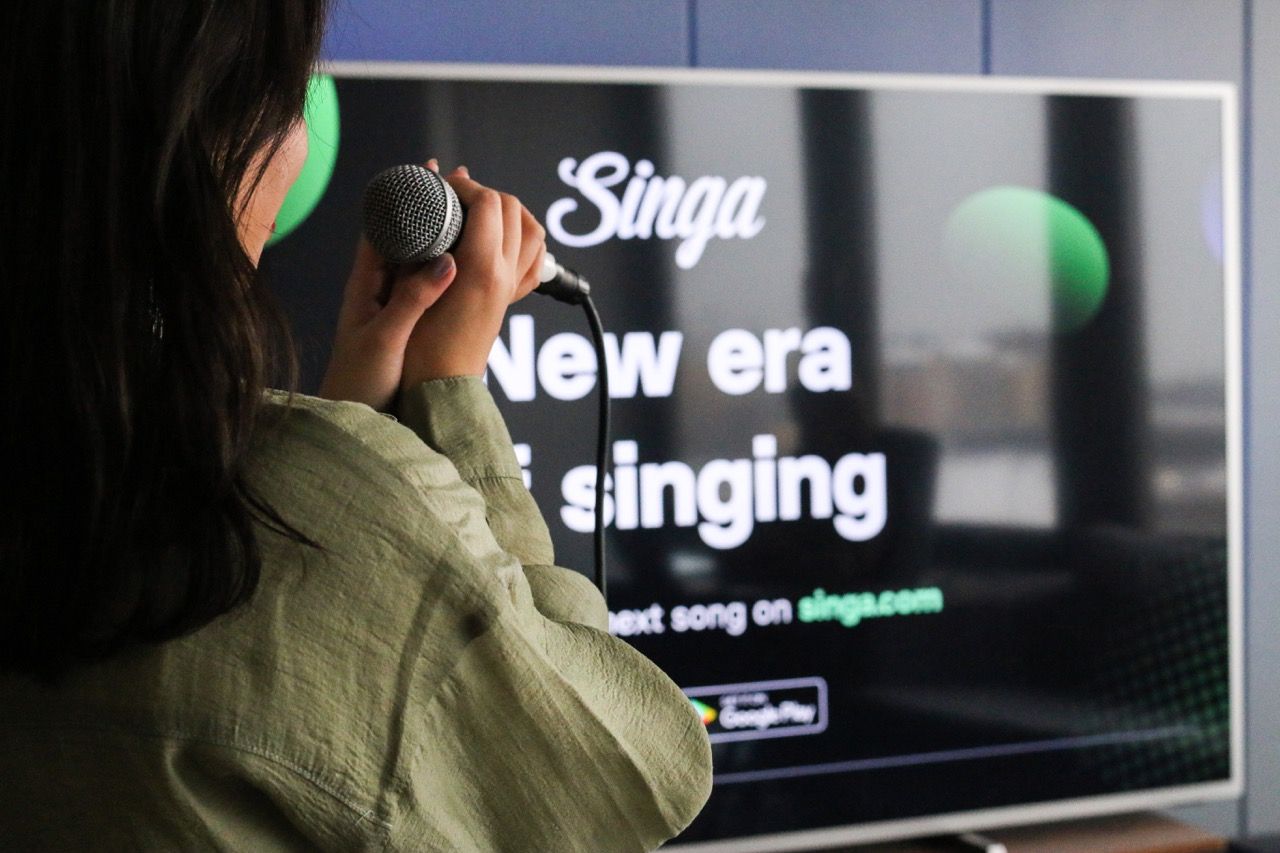
Ready to launch? Get the free 30-day guide
If you’re serious about transforming your escape room venue into a sustainable, future-ready business, start with the 30-Day Karaoke Room Launch Guide.
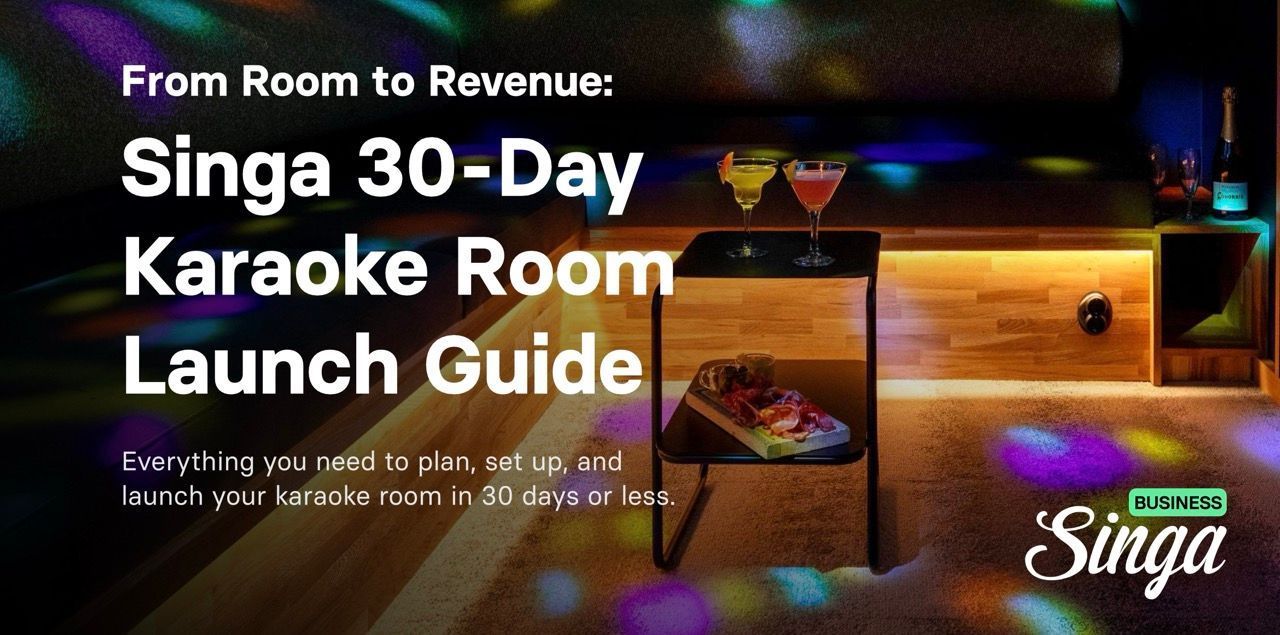
This free resource walks you through every step of the process, including:
- Space planning
- Equipment and software selection
- Soundproofing and design tips
- Pricing and marketing strategies
Stop resetting puzzles. Start setting the stage.
🎤 Your karaoke conversion starts here → Download the Guide
Power it all with Singa Box Mode
Singa Box Mode is the easiest way to run professional karaoke experiences that impress – and convert. An intelligent cloud-based karaoke tool with an intuitive interface and a massive song library, it’s tailored for private karaoke room venues with features like timer, device & session management.
Singa Karaoke Box Mode comes with:
- A colossal, actively updating karaoke song catalog
- Karaoke Room Session management and timer
- Karaoke room user interface & modes
- Background music
- Smart and automated karaoke experience features
- Venue promotion in Singa consumer app
- Co-branding options
- Customer support via chat, email & phone and a dedicated customer success manager to help you with any and all your karaoke needs.
Learn more and get started at singa.com/business.

